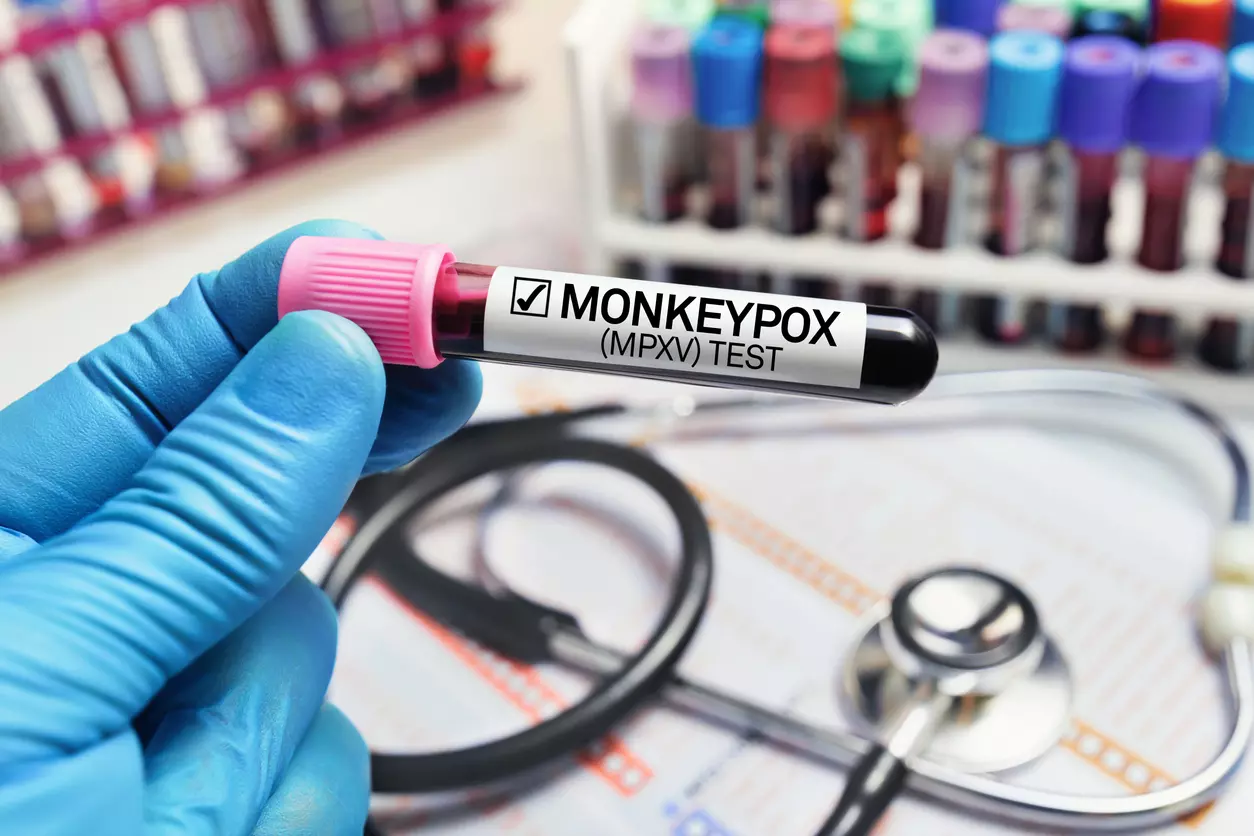
What is Monkeypox? Could it be the next COVID?
WHO has not declared Mpox as a pandemic. Rather, the measures it has triggered are designed to prevent it from becoming one

Mpox was discovered in 1958 in captive monkeys, hence the original name of 'monkeypox'. The first human case was identified in 1970. For decades, it was largely neglected by the scientific and public health communities and regarded as an uncommon infection in remote rural areas of tropical Africa without relevance for the rest of the world.
However, when a massive Mpox outbreak hit developed countries in 2022, increased research funding led to a surge in scientific studies.
The World Health Organisation (WHO) has now declared the current upsurge of Mpox in central Africa a PHEIC (Public Health Emergency of International Concern). This is the highest alert level for events that constitute a public health risk to other countries and requires a coordinated international response.
Mpox symptoms
Mpox is a viral infection closely related to smallpox. Initial symptoms include fever, headache, swelling of the lymph nodes and muscle ache. A typical rash follows, mainly on the face, hands, and feet.
Mpox spreads mostly through close contact with infected people, including through sex. It causes pus-filled lesions on the chest, hands, and feet, and the new form of the infection causes lesions also on the genitals. It also causes flu-like symptoms.
Types of clades
There are two types or clades of Mpox. Clade II, which originates in west Africa, is less severe. It has a fatality rate of up to 1 per cent (in other words, roughly one in 100 are expected to die from it). But clade I, from central Africa, has a fatality rate of up to 10 per cent (up to one in 10 die).
This compares to a 0.7 per cent fatality rate for the Omicron variant of SARS-CoV-2, the virus that causes COVID. The Democratic Republic of the Congo is seeing large epidemics of the more deadly clade I Mpox.
Where is it endemic?
Mpox is endemic in some parts of central and west Africa, where the virus exists in animals and can spread to humans. Outbreaks have been increasing, with more human-to-human spread, since 2017.
According to the WHO, Mpox cases have been reported in 120 countries from January 2022 to August 2024. There have been over 100,000 lab-confirmed cases and around 220 deaths.
Low immunity levels
Mass vaccination against smallpox ceased more than 40 years ago globally, resulting in minimal immunity in populations today against Mpox.
The global lack of immunity to Mpox and the new mutations that enhance spread between people makes the world’s population vulnerable to the virus.
Measures to control it
Controlling it at the source is the best measure, and WHO’s latest declaration will help mobilise the required resources.
WHO will coordinate the global Mpox response, focusing on equity in disease prevention and access to diagnostics and vaccines. It is up to individual countries to do their best to comply with the International Health Regulations, and the protocols for how such a global emergency are managed.
Difference between Mpox and COVID
Both the diseases are caused by different viruses.
COVID: COVID is an RNA virus that has ribonucleic acid (RNA) as its genetic material. RNA viruses have higher probabilities to infect new host species because of their exceptionally shorter generation times and their faster evolutionary rates.
The RNA virus is a single-stranded genome that is more prone to mutations. The high mutation rate in RNA viruses led to the emergence of multiple variants such as Alpha, Delta, and Omicron.
Mpox: The Mpox virus is a member of the Orthopoxvirus genus, which includes the variola virus responsible for smallpox. Mpox is a DNA virus with a double-stranded genome, which is relatively stable compared to RNA viruses.
As a result of this stability, the Mpox virus mutates at a slower rate, leading to fewer and more gradual changes in its strains over time.
Could Mpox be the next COVID?
WHO has not declared Mpox a pandemic. Rather, the measures it has triggered are designed to prevent it from becoming one.
A WHO official recently said that “Mpox is not the new COVID”. This means that a pandemic like the COVID-19 is highly unlikely.
The key difference between Mpox and COVID is in the nature and pace of their evolution. Mpox has slower changes and fewer variants, while COVID-19 evolves faster and more variants emerge with distinct properties.

